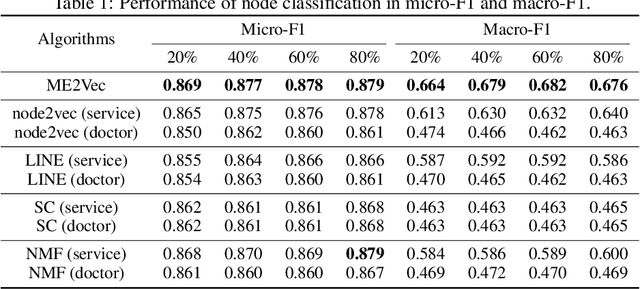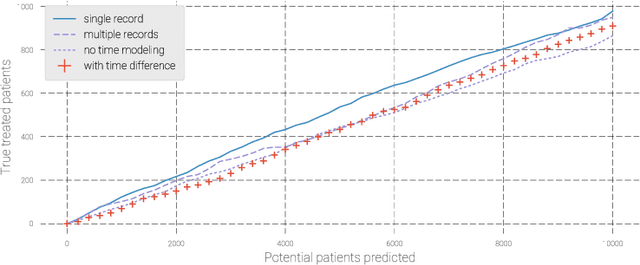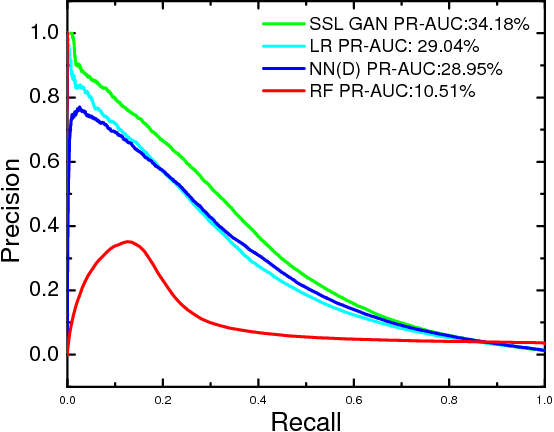Yilian Yuan
Representation Learning of EHR Data via Graph-Based Medical Entity Embedding
Oct 07, 2019

Abstract:Automatic representation learning of key entities in electronic health record (EHR) data is a critical step for healthcare informatics that turns heterogeneous medical records into structured and actionable information. Here we propose ME2Vec, an algorithmic framework for learning low-dimensional vectors of the most common entities in EHR: medical services, doctors, and patients. ME2Vec leverages diverse graph embedding techniques to cater for the unique characteristic of each medical entity. Using real-world clinical data, we demonstrate the efficacy of ME2Vec over competitive baselines on disease diagnosis prediction.
Modeling Treatment Delays for Patients using Feature Label Pairs in a Time Series
Dec 03, 2018


Abstract:Pharmaceutical targeting is one of key inputs for making sales and marketing strategy planning. Targeting list is built on predicting physician's sales potential of certain type of patient. In this paper, we present a time-sensitive targeting framework leveraging time series model to predict patient's disease and treatment progression. We create time features by extracting service history within a certain period, and record whether the event happens in a look-forward period. Such feature-label pairs are examined across all time periods and all patients to train a model. It keeps the inherent order of services and evaluates features associated to the imminent future, which contribute to improved accuracy.
Semi-supervised Rare Disease Detection Using Generative Adversarial Network
Dec 03, 2018

Abstract:Rare diseases affect a relatively small number of people, which limits investment in research for treatments and cures. Developing an efficient method for rare disease detection is a crucial first step towards subsequent clinical research. In this paper, we present a semi-supervised learning framework for rare disease detection using generative adversarial networks. Our method takes advantage of the large amount of unlabeled data for disease detection and achieves the best results in terms of precision-recall score compared to baseline techniques.
 Add to Chrome
Add to Chrome Add to Firefox
Add to Firefox Add to Edge
Add to Edge